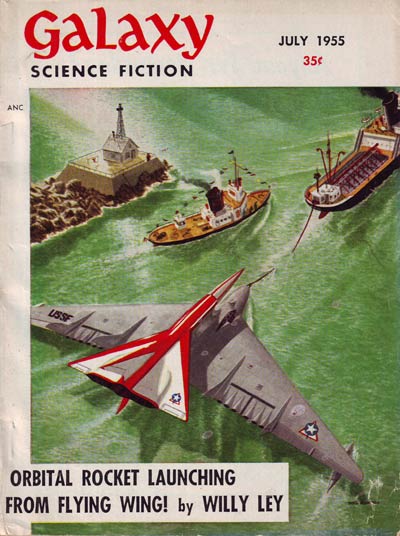 Photo: Cutting-edge molecular gastronomy at Chicago’s Alinea: a sphere of grape foam injected with walnut milk and covered in frozen and powdered Maytag blue cheese. Lara Kastner/SIPA
Photo: Cutting-edge molecular gastronomy at Chicago’s Alinea: a sphere of grape foam injected with walnut milk and covered in frozen and powdered Maytag blue cheese. Lara Kastner/SIPAFrom City Journal:
Urban revival, globalization, and some world-class chefs have created one of the world’s great culinary scenes.
In a 1769 letter to the naturalist John Bartram, Benjamin Franklin observed that while lots of people like accounts of old buildings and monuments, “I confess that if I could find in any Italian travels a receipt for making Parmesan cheese, it would give me more satisfaction than a transcript of any inscription from any old stone whatsoever.”
Read more ....

















